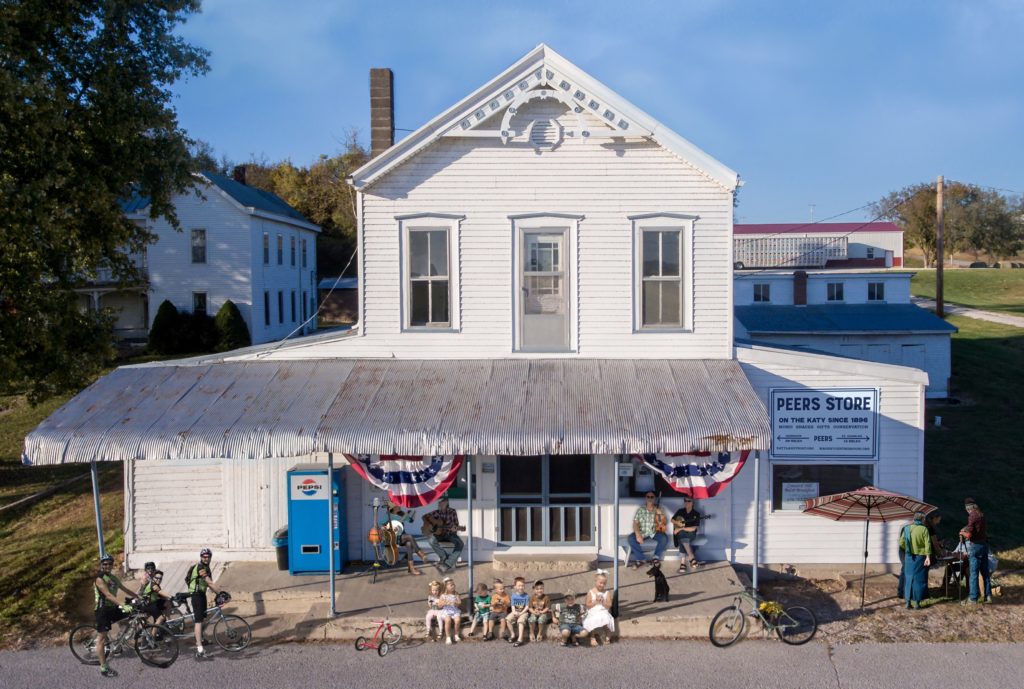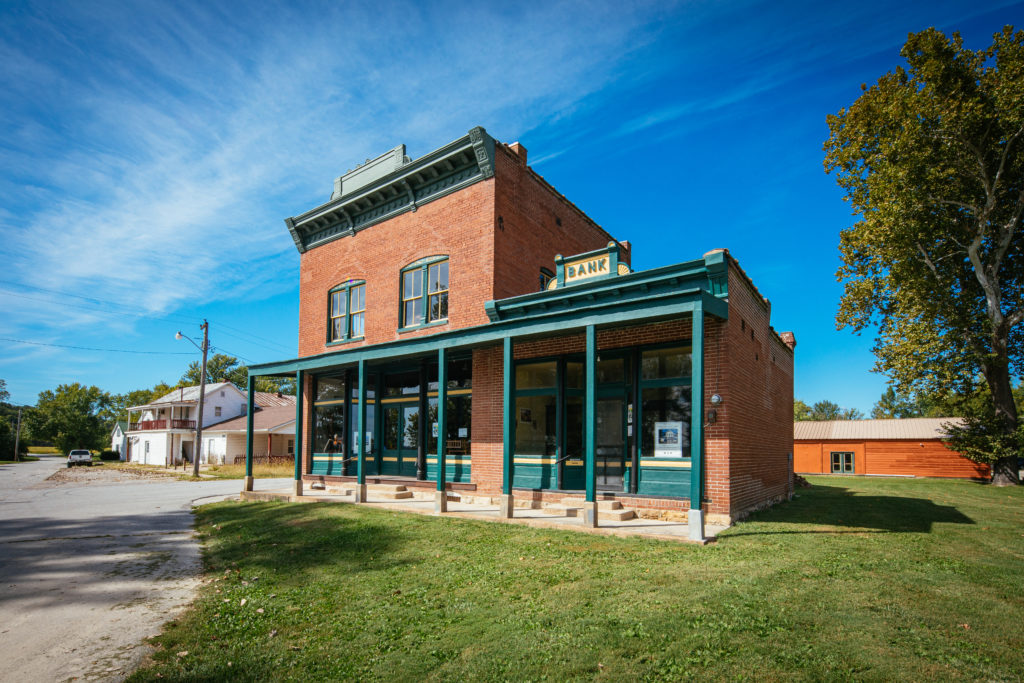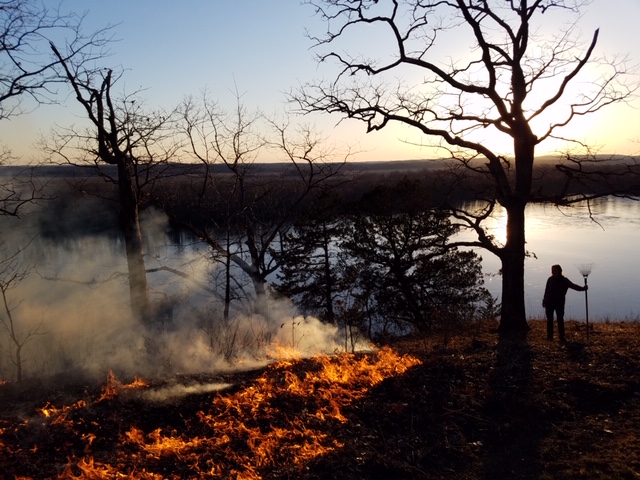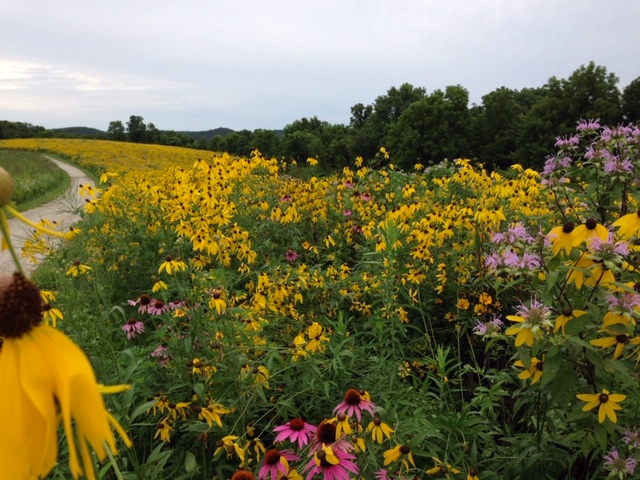Conservation Easements
Conserve
Conservation Easements
Planting Trees and Prairies
Protecting Your Land from Future Development
We educate landowners who may be interested in permanently protecting their land for farming, forestry, and recreation uses. Voluntary conservation agreements, or easements, were created by Congress in the 1970s to reward landowners who permanently protect their land from development.
Six Things to Know
About Conserving Farmland and Forests in Warren, Franklin, Gasconade, and St. Charles Counties
Conservation Easements provide a voluntary way to protect your land from future development.
- You decide whether to protect your entire property from future development, or only part of it.
- You continue to own your land as private property. Using good conservation practices, you can continue to cut timber, farm, and hunt on your land as you always have.
- You can still sell the property or leave it to your children or other relatives.
- Future owners will also be able to farm the land, but never develop it for urban use.
- You are doing something important for the future of Missouri – adding to more than 2,500 acres already protected in Warren County alone – preserving the agricultural heritage of our area.
- You may receive substantial income tax benefits, as well as estate tax benefits, allowing your farm to stay in production and in the family for generations to come.
Forever Farms & Forests
The owners of these three properties wanted to ensure that they forever remained in forestry and agricultural use. These singular properties are along Highway 94 and near the Katy Trail, in Warren County and St. Charles County. They illustrate the diversity – and beauty – of the land that is now protected and conserved for future generations.
A Former Tree Farm with a View

This 92-acre farm, perched on the tall bluffs overlooking the Katy Trail and the Missouri River, boasts a wide range of climate and topography types. The resultant micro-climate character created ideal conditions for use as a wholesale tree-growing operation. The land is now “retired” and being allowed to revert back to woodland.
Prairies over the Katy Trail
More than 275 acres of blufftop forest and spectacular prairie plantings overlook the Katy Trail. The property has long views over the Missouri River and bottomland agricultural fields to the south.
Grapes, Hay & Cattle
This 220-acre hill farm near the Missouri River is bisected by creeks and hayfields and had been owned by one family for decades. A new owner had plans to subdivide and develop it in the 1990s. The current owners continue its history as a working hay and cattle farm and have planted vineyards on the south-facing slopes.
Each of these places remains the private property of the owner and can be sold or gifted to family members. These places will never become housing developments, golf courses, or other commercial establishments – they are forever farms and forests.
Preserving Our Agricultural Landscape: The Country Store Corridor
As the headquarters for Magnificent Missouri, the Peers Store illustrates the benefits of preservation and shows visitors how conserving the landscape also helps to protect the cultural history of the region. The history of the Peers Store and the land along the old KATY Railroad remind us that the farms and forests in the Missouri River Valley are part of the fabric of this historic and productive place.


Just three miles west of Peers is the Ted and Pat Jones Welcome Center located in the historic Treloar Mercantile, another general store built in 1896 to provision for farm families in the area. Farmers Bank of Treloar shared the building and folded just after the Great Depression, later replaced by the Treloar Post Office. These two examples of 19th century Missouri constitute the book ends of our Country Store Corridor and provide a focal point for Magnificent Missouri’s conservation efforts.



